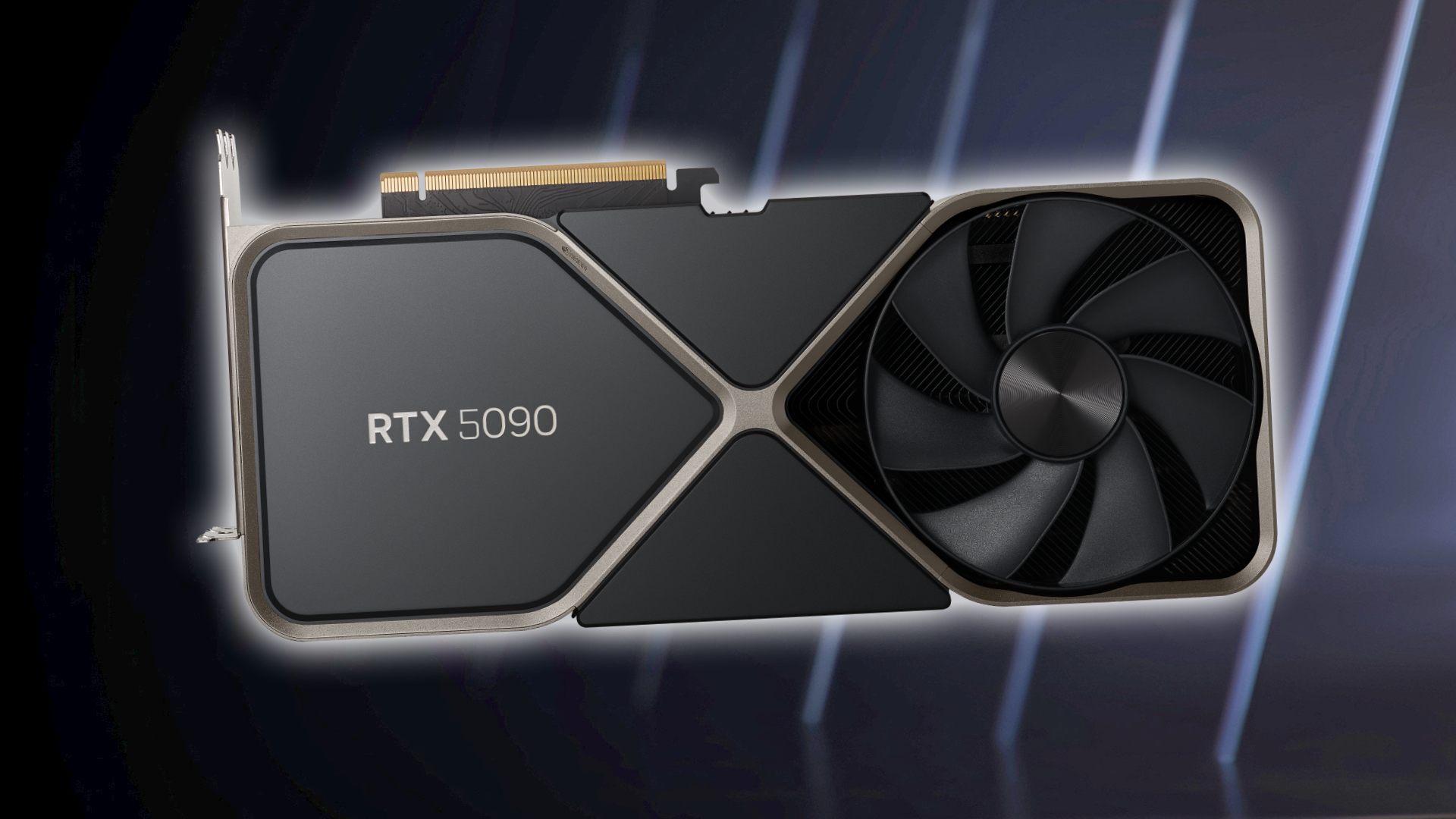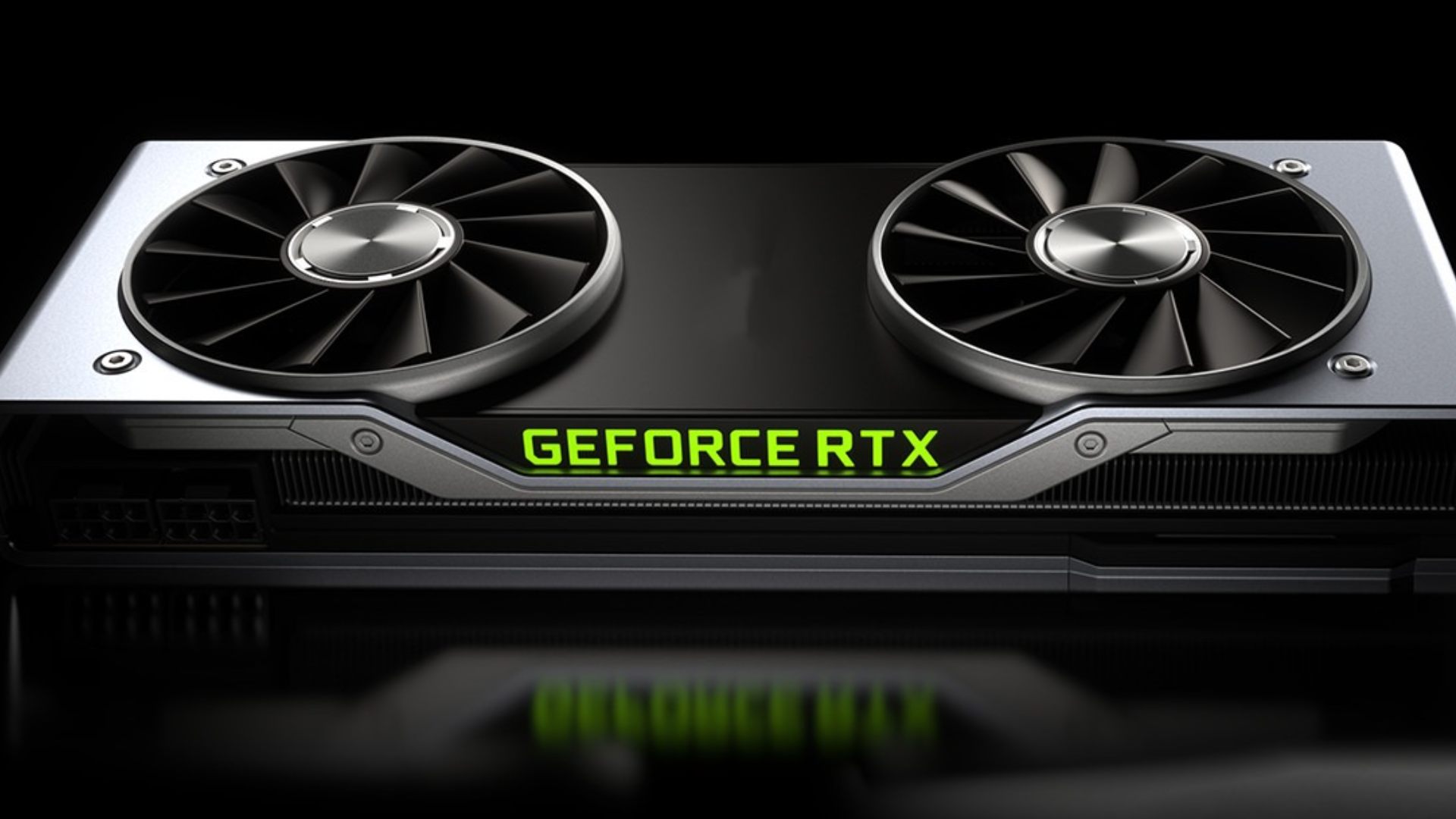RTX 5090 specs leak out alongside other Nvidia Blackwell GPU configurations
Faster memory is on the menu.

More RTX 5090 leaks just spilled out onto the scene, and this time we’ve got specs for each model in the Blackwell line-up. All SKUs are seemingly set to rock faster GDDR7 VBRAM bar one, with the frontrunner potentially boasting a 512-bit memory bus and 192 Stream Multiprocessors (SMs for short).
Like it or not, a new wave of best graphics card contenders is coming, and the Nvidia GeForce RTX 4090 could lose its crown. It’d be a little strange if the RTX 5090 didn’t successfully usurp its predecessor, as while the green team doesn’t always get SKUs right across the board, it knows how to make an impressive flagship. So far, leaked specs suggest the GPU maker is on track to do the same, but things are admittedly looking sketchy for entry-level gaming PC users.
In a spec-filled Tweet by the notorious Kopite7kimi, the leaker shares Stream Multiprocessor counts, bandwidths, and VRAM module types for each Blackwell SKU (via Videocardz). Expanding upon a previous post that claimed the GB203 (potential RTX 5080 chip) would wield a 7 x 8 configuration that equates to 84 cores, the insider says the GB202 will rock 192 – an increase compared to the RTX 4090’s 128. You’ll find the rest of the specs collated below, which will help provide some insight into bandwidth and core combos.
| GPU | Stream Multiprocessors | VRAM | Memory bus |
|---|---|---|---|
| GB202 | 192 | GDDR7 | 512-bit |
| GB203 | 84 | GDDR7 | 256-bit |
| GB205 | 50 | GDDR7 | 128-bit |
| GB206 | 36 | GDDR7 | 128-bit |
| GB207 | 20 | GDDR6 | 128-bit |
In addition to rounding up each GPU’s associated SMs, Kopite7kimi confirms almost every variant will use GDDR7 VRAM apart from the GB207. That chip will likely end up inside a card like the RTX 5060, and the fact it’s also set to feature just 20 Stream Multiprocessors could be a sign that entry-level players are in for an underwhelming experience next generation.
Should you wait for RTX 5000 GPUs?

As always, you’ll want to keep that usual grain of salt handy when ingesting RTX 5000 rumors. While Kopite7kimi’s information is pretty reliable, Nvidia has a habit of completely changing plans as it approaches graphics card launches, and there’s no guarantee it’ll use the full GPU configurations mentioned above. That said, the leaked specs feel somewhat in theme with the company’s previous generational decisions, with the RTX 5090 rocking potentially ground-breaking performance capabilities.
Faster RAM and a core increase should help RTX 5090 users reach higher resolutions than ever, which isn’t surprising given Nvidia’s tendency to release flashy flagships. What I am a little worried about is the GPU giant’s mid and entry-level plans, as we’re talking about much smaller improvements in terms of core counts. That won’t matter if the graphics cards in question end up with more ray tracing and tensor cores paired with those faster GDDR7 memory modules, but I’m still wondering how much of a gap there will be between current-gen Lovelace options and Blackwell.
Ultimately, I’d suggest holding off on picking up an RTX 4090 for now, as the new RTX 5090 should raise the bar much higher when it eventually arrives. I’d take the same approach with even the likes of the RTX 4080 Super and pricey mid-range options like the RTX 4070 Ti, as GB203 GPUs could do the same for that price bracket. As for the cheaper side of things, I reckon those of you who are eyeing cards like the GeForce RTX 4060 are probably safe to pick one up. At $299, you’re talking about far less of an investment on something that shouldn't be worlds apart from its upcoming successor, offering an entry-level PC experience that makes full use of DLSS and AI tricks.
Sign up to the GamesRadar+ Newsletter
Weekly digests, tales from the communities you love, and more
Looking for a powerhouse rig? Check out the best Alienware gaming PC and best gaming laptop for excellent systems. Alternatively, swing by the best gaming handheld for portable Steam machines you can take on the go.

I’ve been messing around with PCs, video game consoles, and tech since before I could speak. Don’t get me wrong, I kickstarted my relationship with technology by jamming a Hot Wheels double-decker bus into my parent’s VCR, but we all have to start somewhere. I even somehow managed to become a walking, talking buyer’s guide at my teenage supermarket job, which helped me accept my career fate. So, rather than try to realise my musician dreams, or see out my University degree, I started running my own retro pop culture site and writing about video games and tech for the likes of TechRadar, The Daily Star, and the BBC before eventually ending up with a job covering graphics card shenanigans at PCGamesN. Now, I’m your friendly neighbourhood Hardware Editor at GamesRadar, and it’s my job to make sure you can kick butt in all your favourite games using the best gaming hardware, whether you’re a sucker for handhelds like the Steam Deck and Nintendo Switch or a hardcore gaming PC enthusiast.


